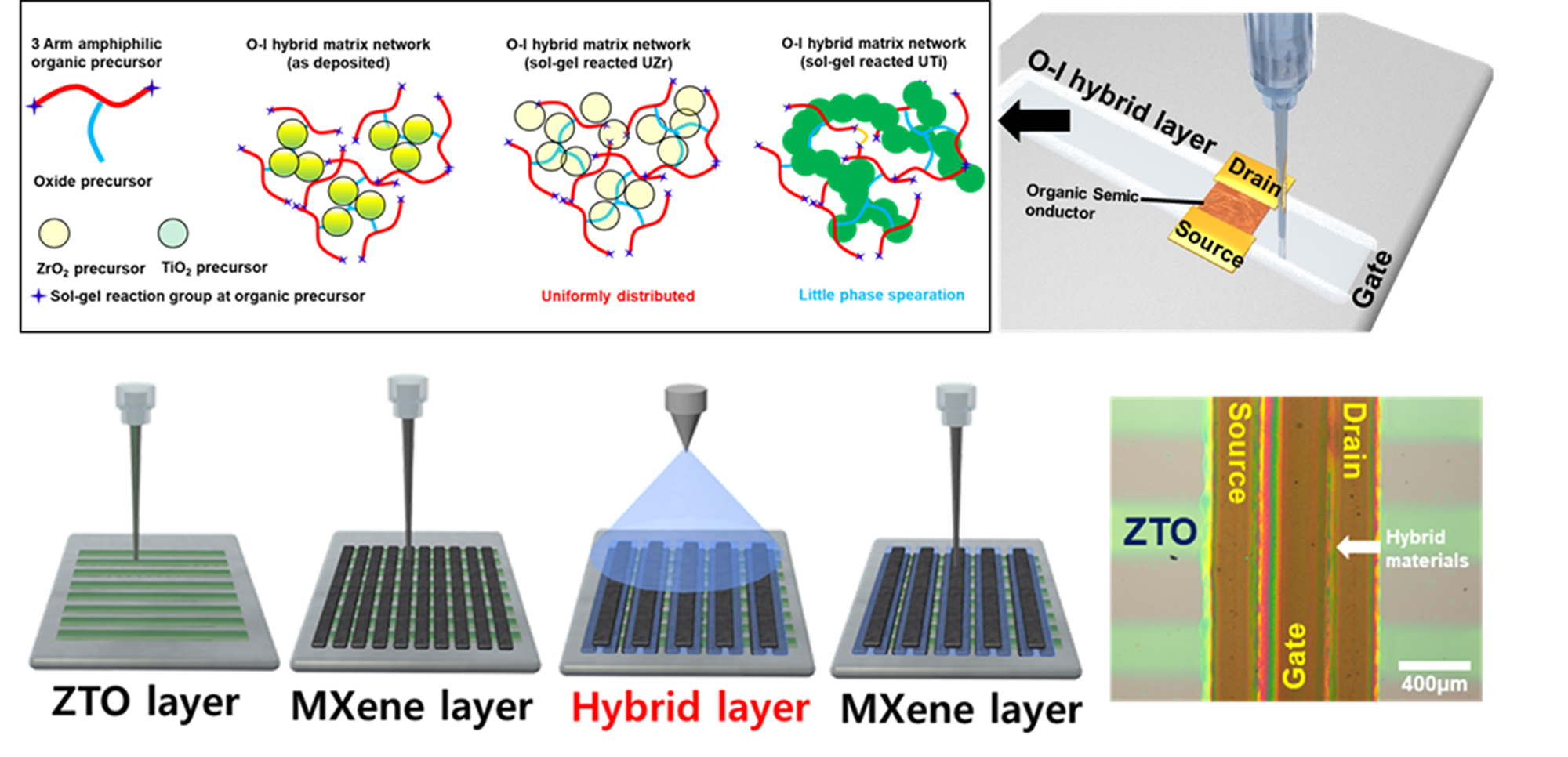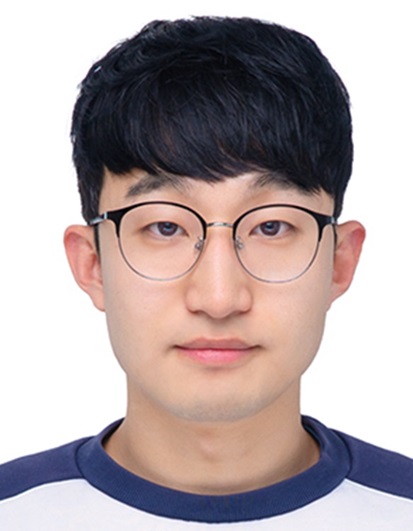연구/산학
PKNU Research 1000
| Kwon Hyuk-jin | Develops Next-Generation Insulating Material Usable at Low Temperature and Without Vacuum | |||
| 작성자 | 대외홍보센터 | 작성일 | 2025-03-27 |
| 조회수 | 29 | ||
| Kwon Hyuk-jin | Develops Next-Generation Insulating Material Usable at Low Temperature and Without Vacuum | |||||
 |
대외홍보센터 |  |
2025-03-27 |  |
29 |
Pukyong National University Professor Kwon Hyuk-jin’s Research Team, Develops Next-Generation Insulating Material Usable at Low Temperature and Without Vacuum
- Expected to Accelerate the Era of Flexible Electronics - Published in International Journal


Pukyong National University (President Baek Sang-hoon) announced that Professor Kwon Hyuk-jin (Department of Energy Chemical Materials Engineering) and his research team have developed a new insulating material based on an inorganic-organic hybrid that is attracting attention as a key material for next-generation flexible electronics.
Along with Professor Kwon Hyuk-jin, the research team, including Professor Kim Joo-young (Department of Materials Science and Engineering, Kangwon National University) and Professor Kim Se-hyun(Department of Chemical Engineering, Konkuk University), published the results of this research in the international materials science journal <Advanced Functional Materials> (IF: 18.5) in March.
In the rapidly growing fields of wearable devices, the Internet of Things (IoT), and flexible displays, next-generation electronic components require insulation materials with excellent electrical performance for low-power operation and stable signal processing.
To meet these demands, the research team presented an innovative material synthesis strategy that can be fabricated using non-vacuum, low-temperature processes and successfully developed a new inorganic-organic hybrid insulating material.
The research team developed a wet inorganic-organic hybrid insulating material by combining inorganic materials such as zirconium oxide (ZrO2) and titanium oxide (TiO2), which have high dielectric constants (high-k), with organic materials through a simple manufacturing process. This new material effectively serves as a core insulating layer in electronic devices, while also demonstrating stable performance on flexible substrates. The team expects this material to be widely applicable in next-generation flexible devices, large-area printed electronic circuits, and various other fields.
The research team also demonstrated that a thin-film transistor (TFT) fabricated using this inorganic-organic hybrid material as the insulating layer exhibited excellent driving performance at a low voltage of approximately 2V. They also observed that the driving characteristics and hysteresis behavior varied due to differences in the oxide composition and structural properties of the materials. This indicates that customized designs can be made in various forms depending on the device's purpose and the required characteristics, which could be applied not only to low-voltage driving transistors but also to memory devices, integrated printed electronic circuits, and more.
In particular, the inorganic-organic hybrid insulating material developed in this study can be manufactured at room temperature or low temperatures in a non-vacuum environment, making large-scale production and large-area applications easier without the need for expensive equipment or large infrastructure. The research team believes that this material can complement the limitations of existing semiconductor processes, reduce energy and costs, and enable the production of popular and versatile electronic devices. It is also expected to contribute to the development of low-voltage driven electronic devices in various fields, including wearable devices for human attachment, medical sensors, and indoor/outdoor environmental monitoring networks.
Professor Kwon Hyuk-jin stated, "This research is expected to accelerate the miniaturization and printing process of next-generation electronic devices, laying the foundation for the flexible electronics era. Moving forward, we plan to contribute to the creation of a sustainable electronic device ecosystem through fusion research of various materials and industrial collaborations." <Pukyong Today>